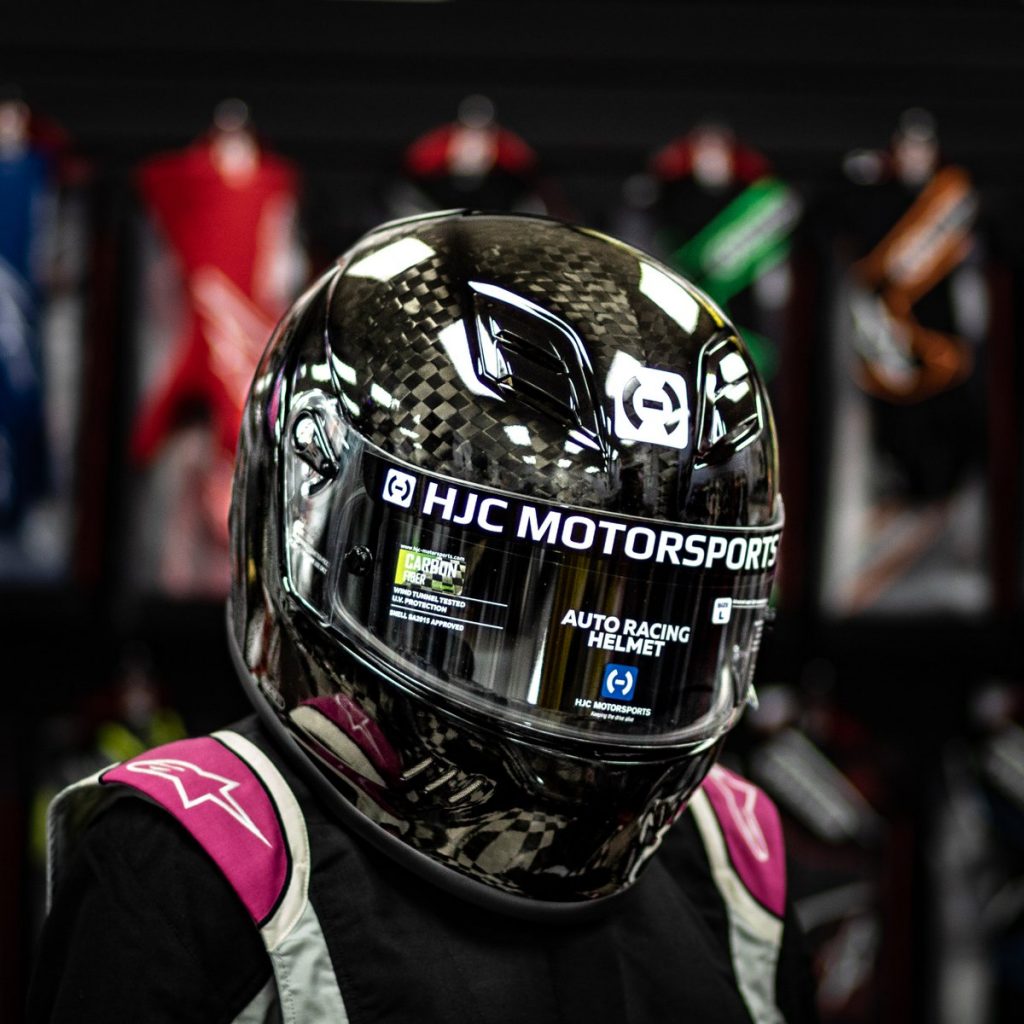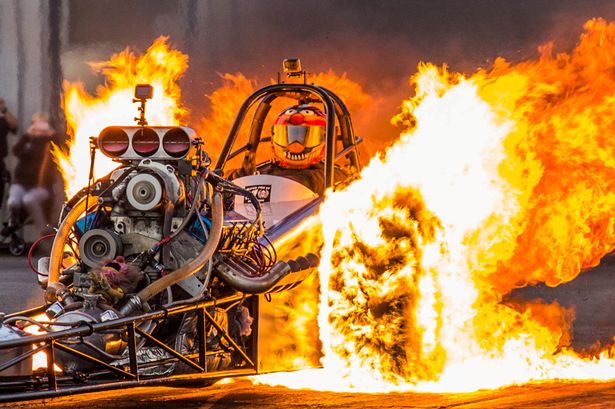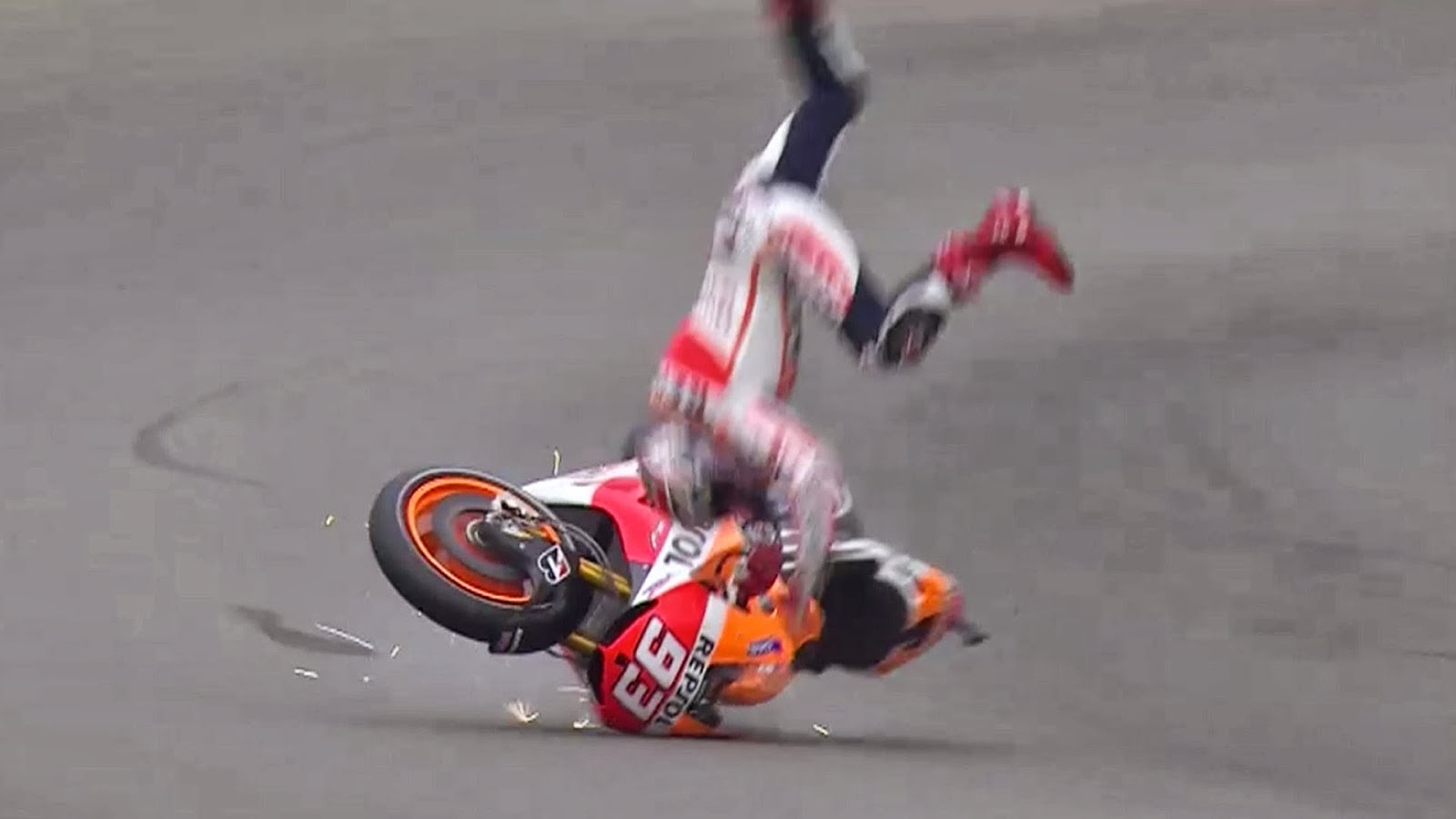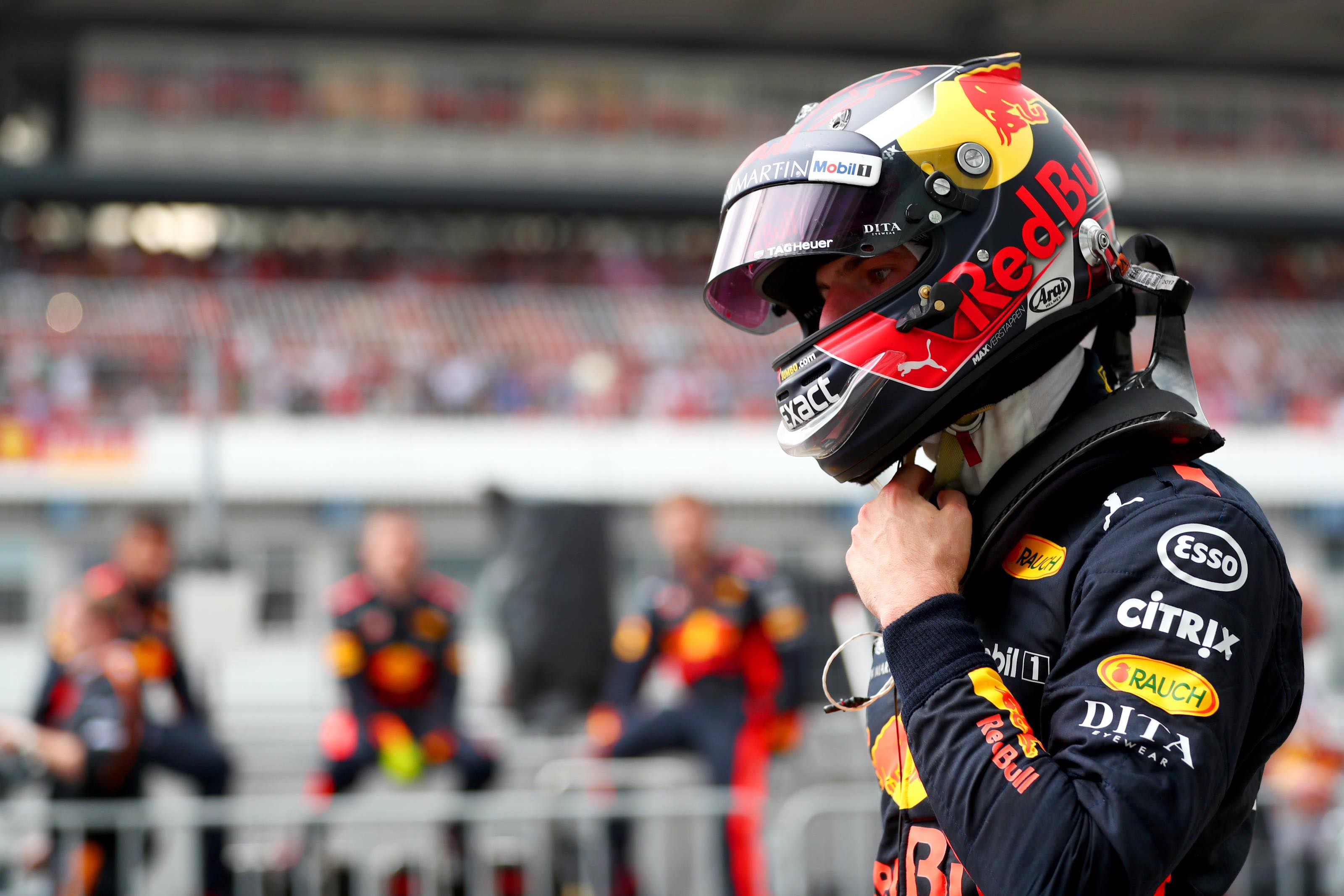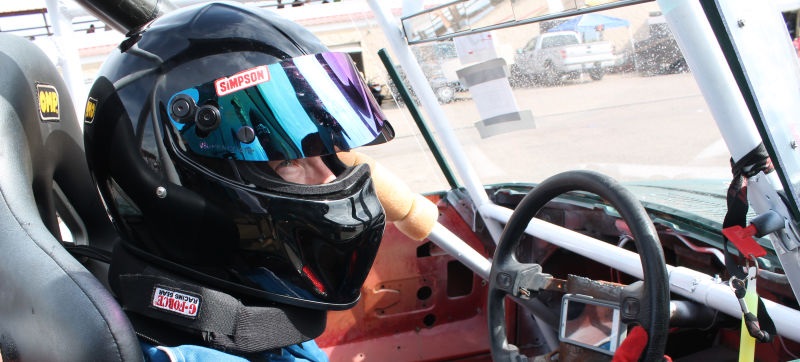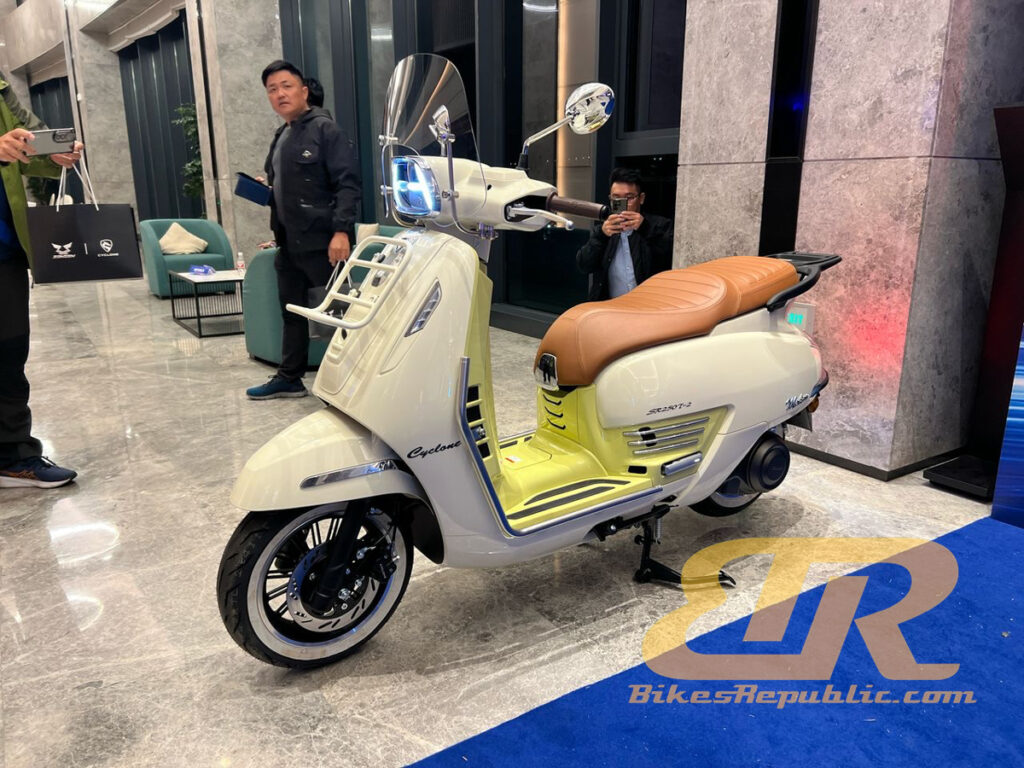-
While both motorcycle helmets and car helmets protect the head, they are for different purposes.
-
It’s due to different kinds of dynamics.
-
Safe to say, please don’t mix the two.
Helmets are helmets, right? Well, they do share the same objective in protecting our noggins, but there are differences between motorcycle helmets and car helmets.
First and foremost, auto racing helmets are usually SA certified by the Snell Memorial Foundation. “SA” stands for “Special Application,” and the current standard is SA2020. The organization is a non-profit entity, which was founded in 1956 in honour William “Pete” Snell who died in a racing accident. After his demise, his friends, doctors and scientists got together to research, develop and improve the effectiveness of helmets.
There is a Snell standard regarding motorcycle helmets too, and the latest standard is M2020. Snell’s methods of testing and certification do overlap with those of UN ECE and DOT, but there are a number of differences that are tougher to pass. We know this because we had visited Arai Helmets’ factory in Japan. The brand favours the Snell standard over others. But we’ll leave that aside for a moment. The most popular worldwide standard is the UN ECE 22.05.
But let’s take a look at the number of differences between motorcycle and auto racing helmets. We’ll keep it general.
1. Fire rating
Auto racing helmets are required to undergo fire testing. That’s because the driver may get trapped inside a burning car. As such, the interior fabric of auto helmets is made of Nomex, a fire retarding material. The rubber gasket around the eye opening is also meant to melt and seal the visor against the helmet to keep flames out.
On the other hand, motorcycle riders usually fall clear of their motorcycles. Yes, there were cases of motorcycles catching fire and their riders were burnt to death, but that’s very rare. Consequently, the interior paddings of motorcycle helmets are usually covered by different types of nylons.
2. Impact absorption
The types of impact are different between being knocked about in a car than crashing a bike. A motorcycle helmet needs to contend with not only knocks, but abrasion due to sliding, as well. In a car, the head may hit the roll cage or steering wheel or side window or roof (should the car go belly up) but there’s no sliding involved.
3. Provision of HANS device
All SA rated helmets beginning SA2015 must include threaded inserts to accept the HANS (Head and Neck Safety) device. The device keeps the head from snapping ahead too much, to reduce the likelihood of head and neck injuries, besides basilar skull fracture. Basilar skull fracture refers to breaking the spinal/skull joint, which could lead to instant death. It’s actually akin to being hanged. The most famous case of this fatality was NASCAR star Dale Earnhardt in 2001.
Conversely, the HANS device would instead be counterintuitive to motorcycle riders as riders sit on the bike in a completely different posture compared to car drivers.
Besides that, riders need to move their heads around more than car drivers do.
4. Shape/Ventilation/Aerodynamics/Noise
Car helmets don’t have to contend with shape, ventilation, aerodynamics and noise (the reason is self-explanatory).
We riders are exposed to the elements thus these are very important factors for comfort and safety. For example: Motorcycle helmets have higher and wider eyeports; need more vents for comfort; aerodynamic designs for stability; and lower noise levels.
Conclusion
So there you are, please don’t wear car racing helmets while riding. Granted certain motorcycle helmets may be accepted for auto racing provided if they are certified by Snell. But again, please don’t mix the two, just like you don’t use car engine oil in your motorcycle engine and vice versa.

